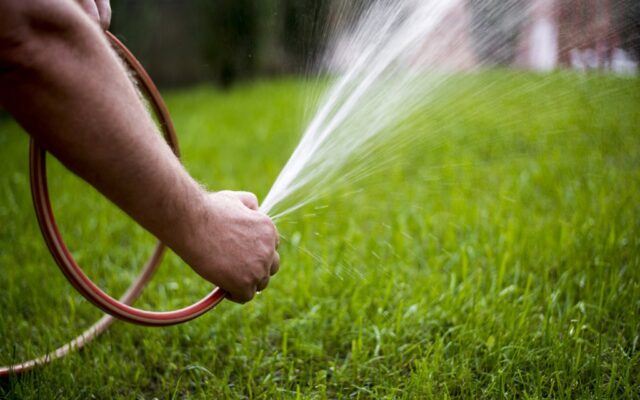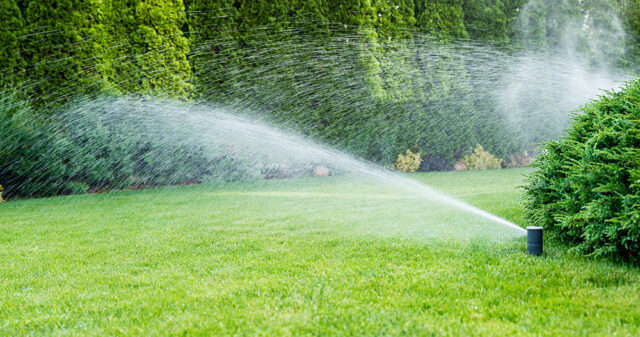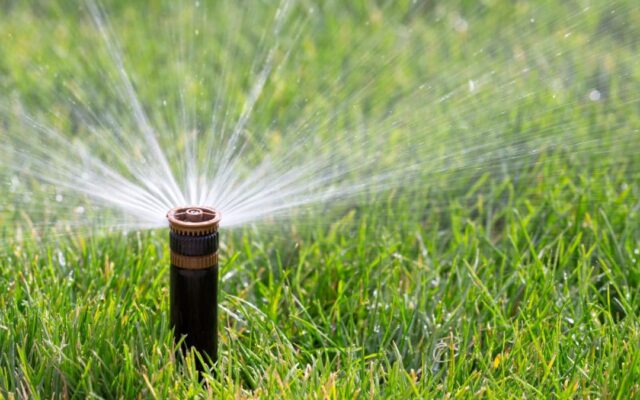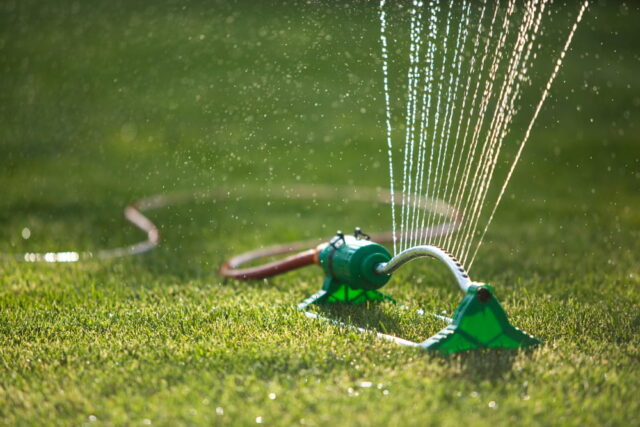
Water is a fundamental element for the growth and health of any green space, especially when it comes to maintaining beautiful, lush grass. Proper irrigation is an essential aspect of lawn maintenance, as it ensures that your grass receives the right amount of water to thrive. The benefits of effective watering include a more vibrant appearance, stronger root systems, and better resistance against pests and diseases.
Understanding the Water Needs of Different Grass Types
There are various grass types, each with distinct characteristics and water needs. Knowing the specific requirements of your grass type is crucial to ensuring its health and longevity. Sarasota landscape companies often recommend considering the following common grass types and their water requirements:
- Cool-season grasses: These grasses, such as Kentucky bluegrass, perennial ryegrass, and fescues, grow best in cooler temperatures and typically require more water during hot summer months. Aim for approximately 1 to 1.5 inches of water per week, depending on the specific variety and local climate conditions.
- Warm-season grasses: Grasses like Bermuda, Zoysia, and St. Augustine thrive in warmer climates and are generally more drought-tolerant. They usually need about 0.5 to 1 inch of water per week during their active growing season, with less water needed during cooler months.
Factors Affecting Lawn Water Requirements

Several factors influence the amount of water your grass needs, including climate, soil type, and grass species. The climate, particularly temperature, and humidity, can significantly impact your lawn’s water requirements. Higher temperatures and lower humidity levels often demand more frequent watering. Meanwhile, cooler temperatures and higher humidity can help retain moisture in the soil, reducing the need for additional irrigation.
Soil type also plays a significant role in water retention and drainage. Sandy soils tend to drain quickly, which may necessitate more frequent watering. Conversely, clay soils hold water longer, requiring less frequent irrigation to avoid overwatering.
Soil Types and Their Impact on Water Retention
Understanding your soil type is essential to determine the appropriate watering schedule for your lawn. The three primary soil types, each with different water retention capabilities, are:
- Sandy soil: This type of soil drains water quickly and requires more frequent watering, often in smaller amounts, to keep the grass properly hydrated.
- Loamy soil: Loamy soil is a mixture of sand, silt, and clay, providing a balance of water retention and drainage. It’s considered the ideal soil type for most lawns, as it can maintain adequate moisture levels without becoming overly saturated.
- Clay soil: Clay soil has the highest water retention capacity, but it can become compacted and waterlogged, which can lead to root rot and other lawn problems. Lawns with clay soil require less frequent watering but may need more extended periods of irrigation to ensure water penetrates the soil deeply.
Efficient Techniques: How to Avoid Mistakes

To maintain a healthy lawn, it’s crucial to avoid both overwatering and underwatering. Here are some tips to help you strike the right balance:
- Water deeply and infrequently: This approach encourages deeper root growth, making your grass more resilient during dry periods. Aim to wet the soil to a depth of 6 to 8 inches during each session.
- Use a rain gauge or measuring cup: Keep track of the amount of water your lawn receives through rainfall and irrigation to avoid overwatering. Adjust your schedule accordingly Water in the early morning: Watering your lawn during the early morning hours helps to minimize evaporation and allows the grass to absorb water more effectively. It also reduces the risk of fungal diseases that can result from prolonged moisture on the grass blades.
Timing is Everything
Establishing a consistent schedule that considers the specific needs of your lawn is crucial. Keep these guidelines in mind:
- Water before the heat of the day: Early morning is the best time to water your lawn, as it allows the grass to absorb water more efficiently while minimizing evaporation losses.
- Avoid watering at night: Doing it in the evening or overnight can promote fungal growth, as the grass blades remain damp for extended periods.
- Adjust for seasonal changes: Be prepared to modify your schedule according to seasonal weather patterns, increasing the frequency during hot, dry periods and reducing it during cooler, wetter months.
Smart Irrigation Systems: Tools for Optimal Lawn Maintenance

Investing in a smart irrigation system can help you maintain a healthy lawn while conserving water. These systems utilize advanced technology to optimize water usage, including:
- Weather-based controllers: These devices adjust your schedule based on real-time weather data, ensuring your lawn receives the appropriate amount of water in response to changing conditions.
- Soil moisture sensors: By monitoring the moisture levels in your soil, these sensors help prevent overwatering or underwatering, maintaining the ideal balance for your lawn.
- Drip irrigation: This efficient watering method delivers water directly to the root zone, minimizing evaporation and runoff while promoting deeper root growth.
Water Conservation Practices for Sustainable Lawn Care
In addition to smart irrigation systems, consider implementing these water conservation practices:
Mulching: Adding a layer of organic mulch around your lawn can help to retain soil moisture and reduce evaporation.
Aerate your lawn: Regular aeration improves water penetration and reduces runoff, ensuring your grass receives the water it needs.
Choose drought-tolerant grass varieties: Selecting grass types that require less water can help conserve water resources while still maintaining a beautiful lawn.
Conclusion
Proper watering plays a vital role in maintaining a healthy, vibrant lawn. By understanding the specific needs of your grass type, considering factors such as climate and soil type, and implementing efficient watering techniques, you can ensure your lawn receives the right amount of water to thrive.
Moreover, investing in smart irrigation systems and adopting water conservation practices can help you maintain a beautiful lawn while minimizing water usage. With a well-planned irrigation strategy, you can enjoy a lush, thriving lawn that is both attractive and environmentally responsible.









